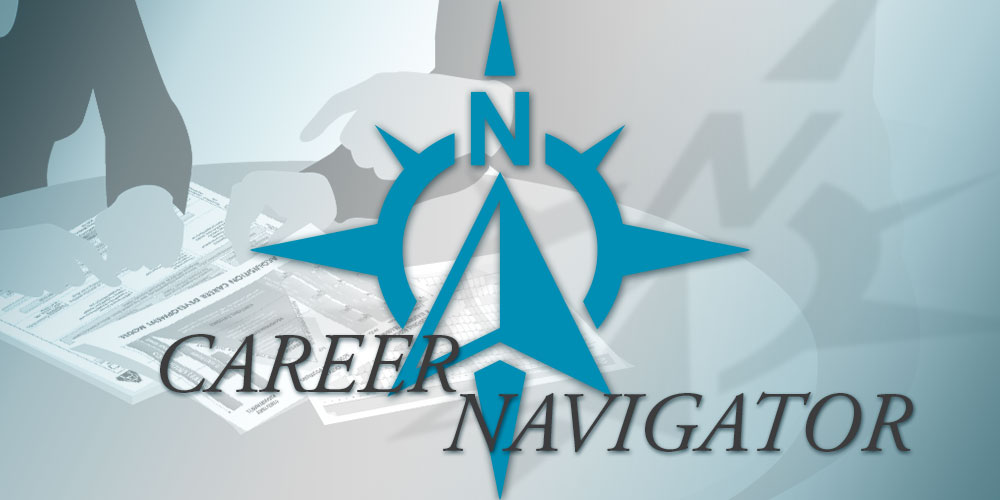
Earning DAWIA certification is challenging but not impossible, and it creates a smarter, stronger acquisition workforce.
By Robert E. Coultas
There are jobs, and then there are careers. And for those with careers in the Army Acquisition Workforce (AAW), developing that career means compliance with Defense Acquisition Workforce Improvement Act (DAWIA) requirements to complete certification within 24 months of being hired. Getting that certification isn’t rocket science, but it does take a little planning, some effort and an investment of your time.
Regardless of the career field, AAW members should have a plan to accomplish required training and establish early on a rhythm of work and training to meet future certification requirements. That rhythm will be important, because down the road, even after certification, every acquisition employee has continuous learning requirements that must be completed annually—in addition to the annual training that DOD personnel must undergo.
For example, earning DAWIA Level II certification in program management requires approximately 163 hours of Defense Acquisition University (DAU) online courses, 36 hours of facilitated online training and five days in the DAU classroom. Online courses must be completed within a 60-day window. Each course has several modules, and each has at least one exam. The student must get 100 percent on each exam, and has three tries to do so. Failing to get a perfect score by the third exam means restarting the course from the beginning.

ADVANCED PLANNING
Every member of the AAW has an individual development plan (IDP) that should be reviewed at least every six months. IDP reviews give the employee and supervisor the opportunity to establish plans and timelines for completing certification training. (Image by USAASC/Art-Y/iStock)
DAU provides a time estimate for each of its courses, but that figure could vary with each student. Someone with a free week to devote to a course with an estimate of 35 hours might be able to complete it in that timeframe. On the other hand, someone who has to spread that course over the entire 60-day period could take significantly longer to complete the material.
SUPERVISOR PARTICIPATION
Each member of the AAW must meet career field certification requirements within the 24-month period, and most succeed. As of Feb. 12, 2017, 80.9. percent of the AAW are certified and 17.8 percent are within the 24-month grace period. To achieve this success rate—and individual employee success—it is crucial that the supervisor play a role. At a minimum, the supervisor needs to make clear to a new employee the importance of certification and what it takes to achieve it. Given that employees will pursue certification during work hours, the supervisor and employee should have an agreement as to when the employee will do the training, as well as a timeline for completing it.
“Even in the face of significant time constraints in our work and personal lives, the acquisition workforce has a statutory requirement to meet,” said Wen Lin, chief of Acquisition Qualifications and Support Branch in the Army Director for Acquisition Career Management (DACM) Office. “One of the major objectives of DAWIA is to professionally develop military and civilian members of the workforce. Once a workforce member has met their certification requirements, they need to continue to grow within their position.”
One tool in facilitating that growth is the individual development plan (IDP). Every member of the AAW has an IDP, which is used by the employee and supervisor to document and plan short- and long-range objectives. IDPs should be reviewed at a minimum every six months, and such reviews are an opportune time for the employee and supervisor to discuss and update plans and timelines for when an employee will complete certification training.
Failing to meet certification requirements can have negative outcomes. According to a January 2012 memorandum from the DACM, “Enforcement of the Army DAWIA Certification Policy,” acquisition personnel who fail to obtain certification within the grace period may be subject to “reassignment, reduction in grade/payband, loss of consideration for promotion or future employment into another acquisition position; or separation from federal service.” Moreover, workforce members cannot take advantage of the centralized training opportunities unless they have achieved their certification requirements.
Certainly there are entirely justifiable circumstances that can prevent an employee from completing the certification within the grace period, and employees should discuss such circumstances with their supervisors.
CONCLUSION
It is hard work but entirely possible to achieve certification within the 24-month grace period—if there is a plan in place. Thousands of acquisition professionals have succeeded in doing so. The training is absolutely necessary: The acquisition enterprise is large and multifaceted, the acquisition process is exceedingly complex, and the products and services acquired for the warfighter can mean life or death.
For more information, go to https://asc.army.mil/web/dacm-office/
This article is scheduled to be published in the April – June issue of Army AL&T Magazine.
Subscribe to Army AL&T News, the premier online news source for the Acquisition, Logistics, and Technology (AL&T) Workforce.







